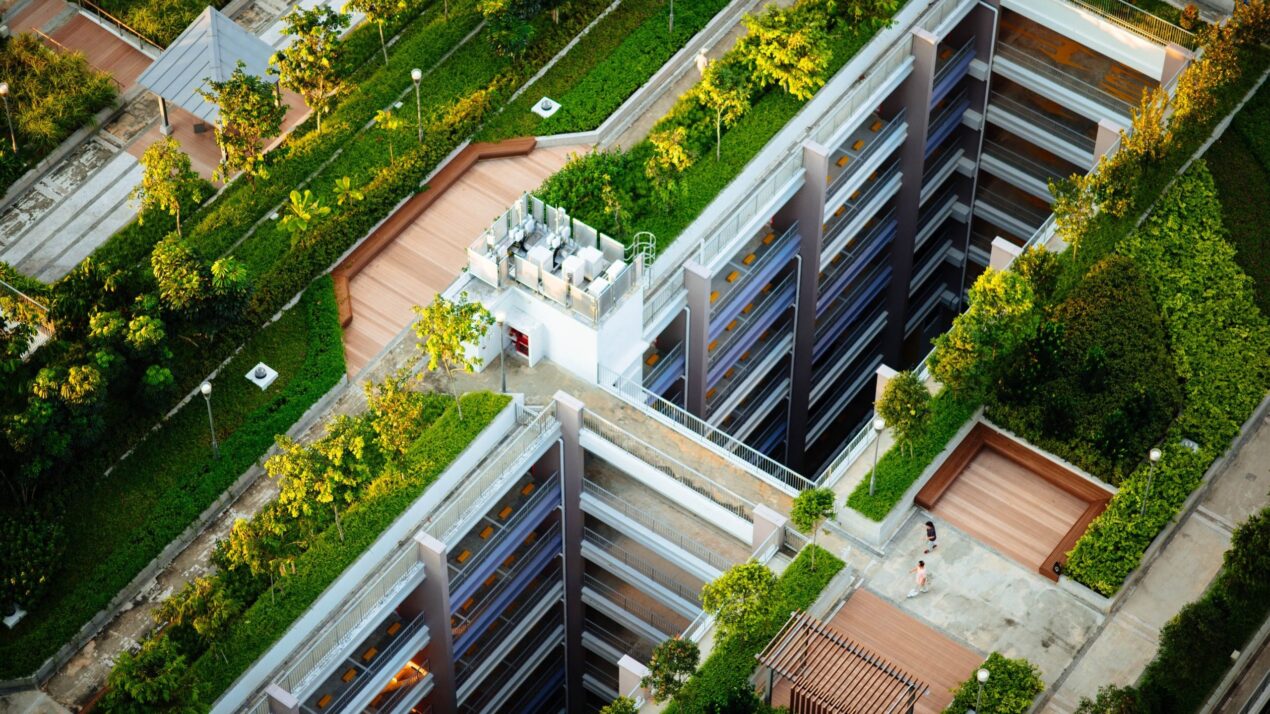
Policy Solution
Green building and energy efficiency standards
Lead by Example

Case Studies
Summary
Green building practices and energy efficiency standards improve building performance that reduce solar gains, energy consumption, and urban heat islands.
Implementation
Adopt green building or energy efficiency performance standards on all existing and/or new construction of publicly-owned properties, which can establish a baseline that can be leveraged through more stringent mandates or public pressure at a later time.
Considerations for Use
Resources associated with ratings and certifications can provide upgrade recommendations that are applicable to all buildings not only participating buildings.
Overview
Climate:
Cold, Hot/Dry, Hot/Humid, TemperatePolicy Levers:
Lead by ExampleGovernments have ownership and jurisdiction over a range of assets (e.g. buildings and streets) and also serve as a direct employer, and contractor. This allows them to promote heat risk reduction and preparedness solutions and demonstrate their impact through leading by example with proactive interventions to make their assets, employment opportunities, and contracts heat-resilient.Trigger Points:
No-regrets actions (low cost/low effort but substantial benefit)Interventions that are relatively low-cost and low effort (in terms of requisite dependencies) but have substantial environmental and/or social benefits.Intervention Types:
Buildings and Built FormSectors:
Buildings
Case Studies
Impact
Target Beneficiaries:
Property owners, ResidentsPhase of Impact:
Risk reduction and mitigationMetrics:
Number and scores or levels of certification for buildings that receive ratings
Implementation
Intervention Scale:
City, Nation, Region, State/ProvinceAuthority and Governance:
City government, National government, State/provincial governmentImplementation Timeline:
Medium-term (3-9 Years)Implementation Stakeholders:
City government, Private developersFunding Sources:
Private investment, Public investmentCapacity to Act:
HighBenefits
Cost-Benefit:
MediumPublic Good:
N/AGHG Reduction:
MediumCo-benefits (Climate/Environmental):
Reduce greenhouse gas emissionsCo-benefits (Social/Economic):
Increase property values, Save on utilities
